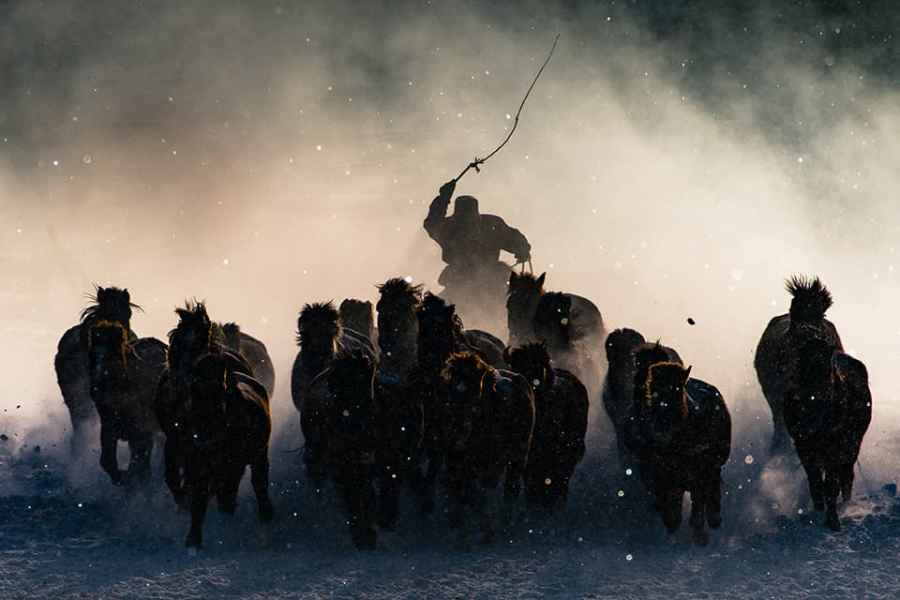‘The winter in Inner Mongolia is very unforgiving. At a freezing temperature of minus twenty and lower, with the constant breeze [and] snow from all directions, it was pretty hard to convince myself to get out of the car and take photos. Not until I saw Inner Mongolia horsemen showing off their skills in commanding the steed from a distance, did I quickly grab my telephoto lens and capture the moment when one of the horsemen charged out from the morning mist’
[© Anthony Lau / National Geographic Travel Photographer of the Year]
Anthony’s photo of a horseman in Inner Mongolia beat thousands of entries – including those by professionals – to win the 2016 National Geographic Travel Photographer of the Year, earning him a week-long Polar Bear Photo Safari for two.
Organisers revealed to AP that they believe Anthony is an ‘amateur photographer’.
Commenting on his ‘Winter Horseman’ photo – taken after an early morning hike – Anthony said: ‘The snow was getting heavier, the wind was getting stronger, the morning snow was getting thinner and the light was moving away from its optimal position.
‘I knew I only had a couple of shots to get the best out of this encounter. With a bit of luck, one of my final attempts managed to capture the moment when one of the riders charged out from the morning mist along with his horses.’
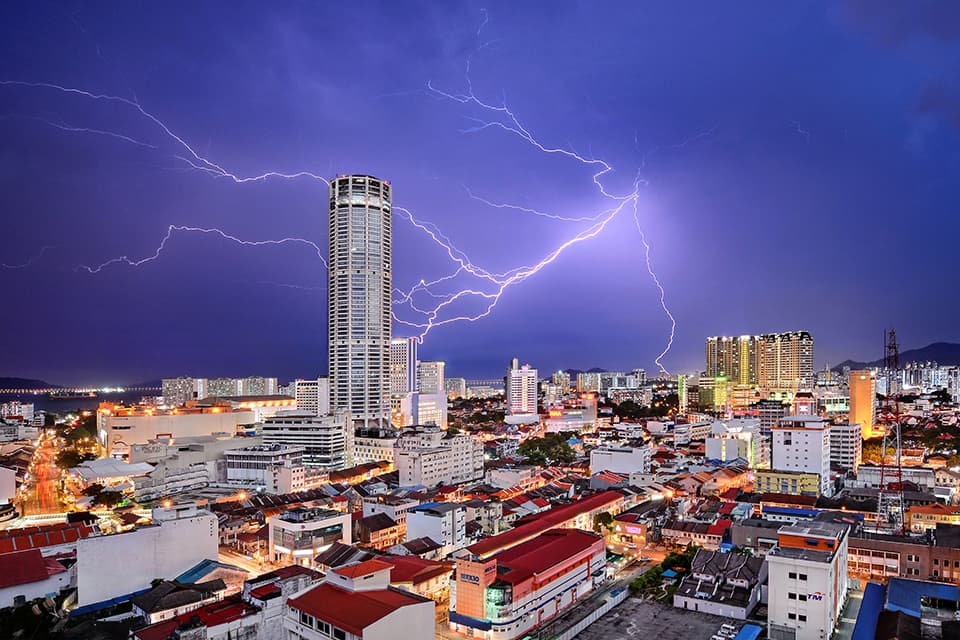
‘Lightning seemingly strikes Komtar Tower, the most iconic landmark of George Town, capital of Penang state in Malaysia. It is symbolic of the rejuvenation that the city, famous for a unique blend of centuries-old buildings and modern structures, has enjoyed in recent years. While many of its old neighbourhoods fell into neglect in the 1990s and early 2000s, UNESCO World Heritage listing in 2008 sparked a transformation, and today, they are all part of a vibrant tourist destination’
[© Jeremy Tan/National Geographic Travel Photographer of the Year]
Anthony’s entry won the People category.
National Geographic Travel’s editor in chief George Stone said: ‘We are thrilled to name Anthony Lau as our first-ever National Geographic Travel Photographer of the Year.
‘We were blown away by the entries we received from around the world, and it’s clear our passion for visual storytelling is shared by our readers.’
The National Geographic Travel Photographer of the Year aimed to reward the most compelling travel photography of the past two years, across three categories: Nature, People and Cities.
The first place winners each bagged a Sony Alpha A6300.
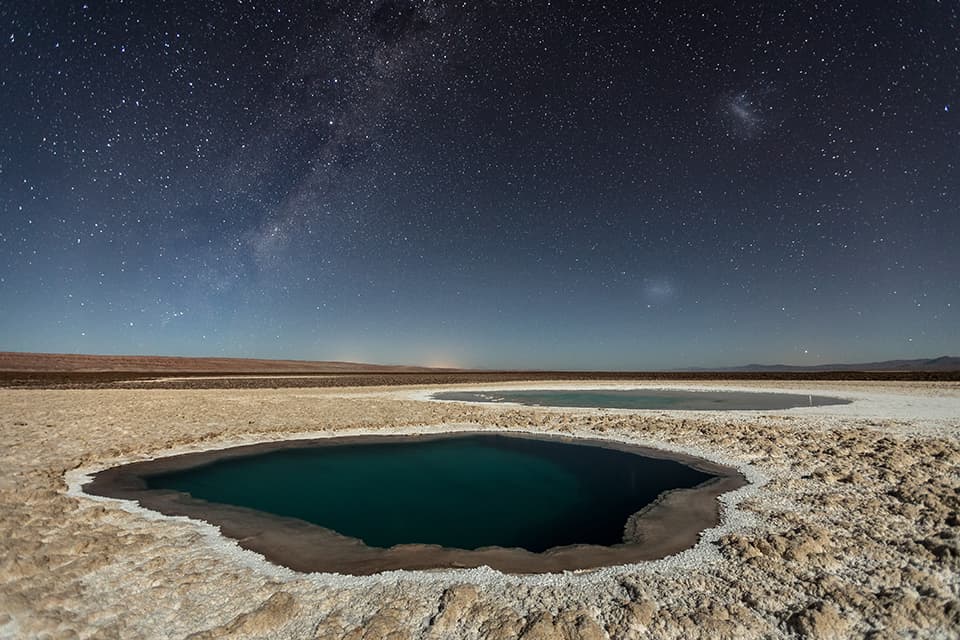
‘The Baltinache Ponds, also called Hidden Ponds are a set of seven salt ponds located in the area of the Salt Cordillera, near San Pedro de Atacama, in the second region of northern Chile, in the Atacama desert’
[© Victor Lima / National Geographic Travel Photographer of the Year]
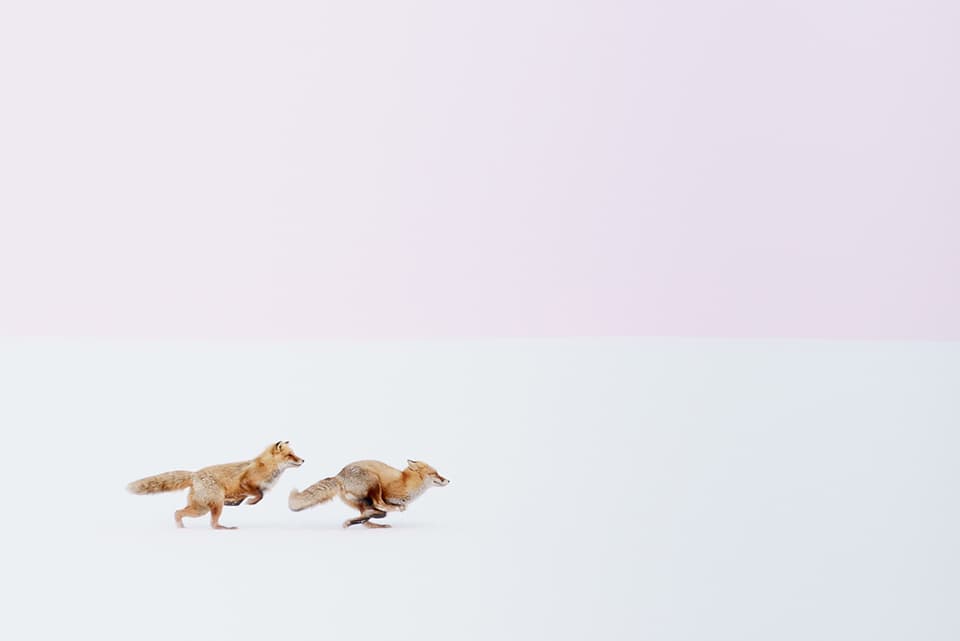
‘Romance is in the air. It was the time of day immediately following sunset. I heard a voice. “Wherever you go, I will follow you” the voice says ‘
[© Hiroki Inoue / National Geographic Travel Photographer of the Year]
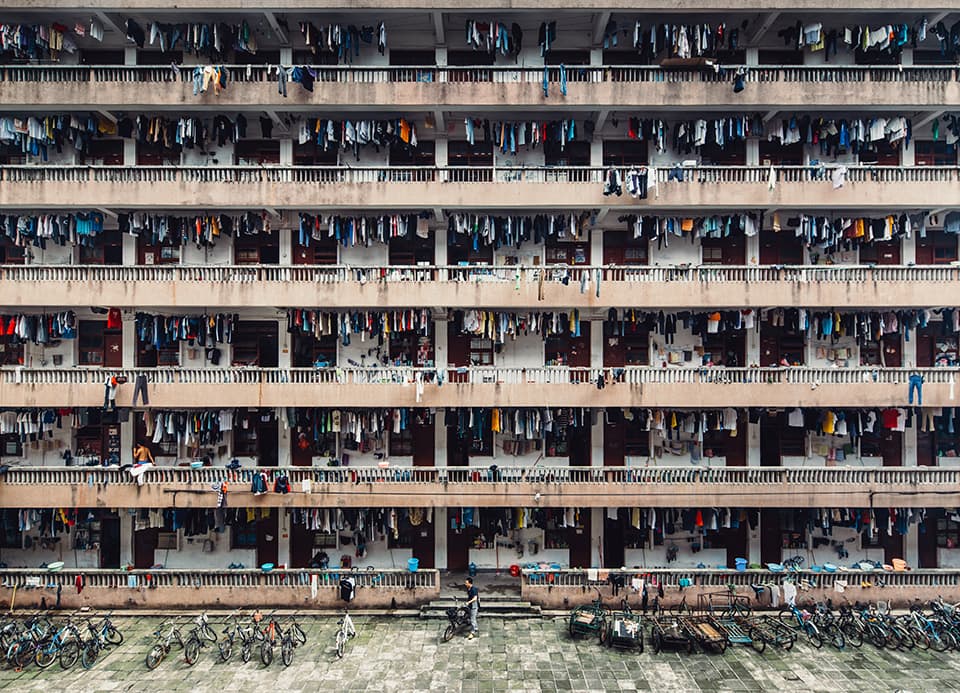
‘This photo was taken on my last trip to GuangZhou, China. These are school dormitories at South China Normal University. When I was hanging around, most of the [students] were taking a break. After lunch, they need to go back to study. The dormitories were smelly and messy’
[© Wing Ka H / National Geographic Travel Photographer of the Year]
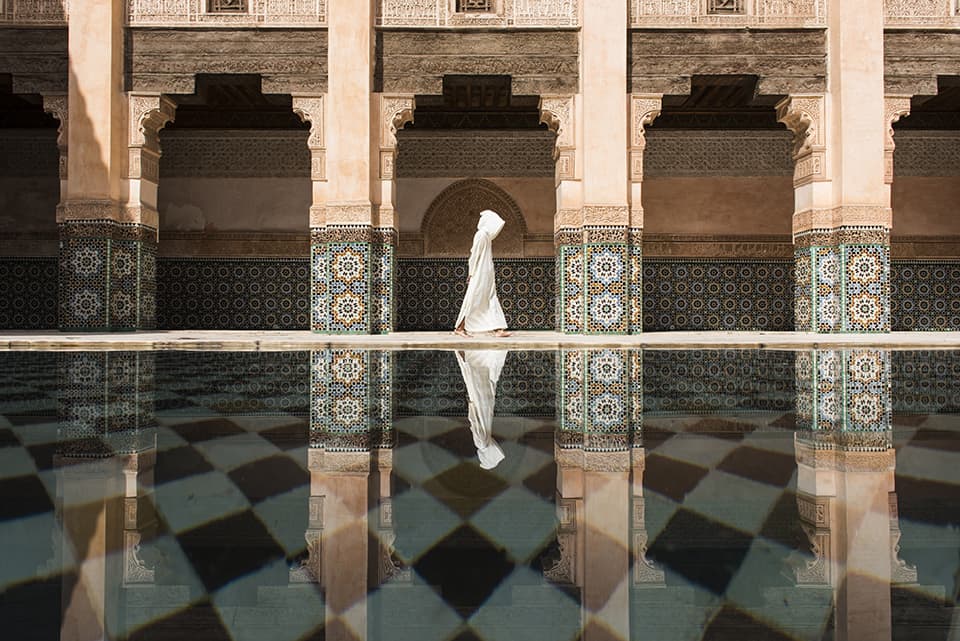
‘Even though there were a lot of people in the Ben Youssef [building], here it was more quiet and relaxing compared to the street outside in Marrakesh. I was waiting a long time for the perfect timing to take this photograph’
To view more winning images visit the National Geographic website

